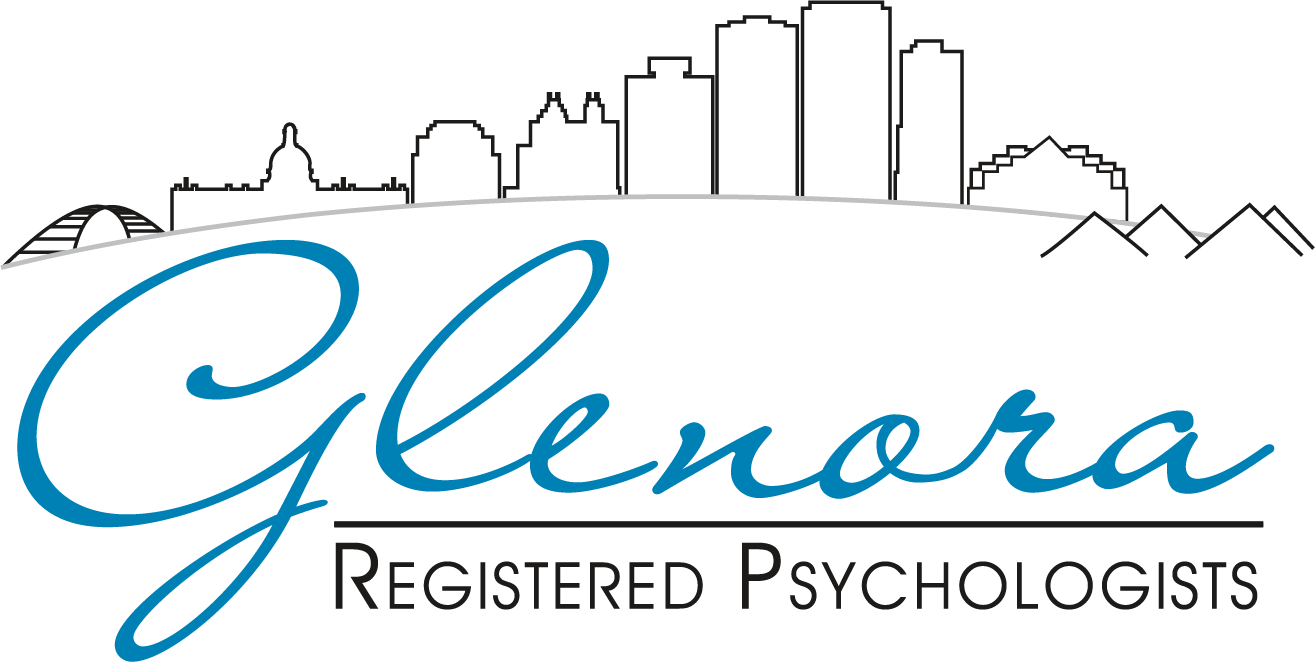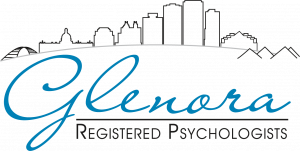Many people work in very complex, demanding, and fast-paced work environments. An employee’s work is frequently conducted in relatively confined spaces with several coworkers, and with competing demands from employers, various stakeholders, and the general public. The intricate nature of a work environment can be invigorating and can inspire employees to creatively meet the challenges of their job. On the other hand, many complex work environments can also be susceptible to the damaging effects of workplace conflict.
The Potential Costs of Conflict
The lack of willingness and/or the inability to effectively manage conflict in the workplace has a detrimental impact on business owners, government organizations, and employees. Unresolved or destructive conflict can cost employers in terms of productivity, sick leave, long-term disability claims, employee resourcefulness, and employee turnover. Most people find conflict difficult to deal with and experience great distress when they are exposed to or involved in conflict with others. For the individual, destructive conflict in the work environment contributes to the deterioration of mental and physical health. If you are caught up in ongoing workplace conflict, your job dissatisfaction is likely to increase while the motivation to do your work will decrease. When conflict surfaces, the activity of work can quickly take a back seat to interpersonal dynamics. People who are embroiled in destructive conflict at work may sabotage the efforts of their coworkers or employer, or they may simply quit and look for a better place to work.
Conflict is Necessary but not Always Good
Conflict is a healthy and necessary part of any work environment. When bright, diverse, highly skilled employees work closely together, they are bound to bump into each other, not only on a physical level but intellectual and emotional levels as well. This is not necessarily a bad thing. Conflict can divide people or bring them together. Conflict (if you stay in the relationship and don’t run away) can compel individuals to increase their understanding of one another through the sharing of ideas, perspectives, and values. The more you know about another person, the more there is to like or to dislike about them. You don’t have to like everyone, but in a professional and productive work environment it is vital to respect differences.
Conflict does have a dark side that emerges when it is it is not adequately dealt with or when it is left to fester and grow. Conflict is ugly when it goes underground, becomes pervasive, and taints every aspect of the work environment. Conflict is even more ugly when it gets to the point where emotions, words, and/or behavior are out of control or when people feel bullied, harassed or intimidated.
Here is how to recognize the good side of workplace conflict. Conflict is constructive when it brings people together to share ideas and to solve problems; when people feel heard and respected; and when the focus is on the issues and not the personalities. Conflict has value when problems are effectively resolved and relationships are not only maintained, the conflict resolution process enhances the ability of people to understand each other and to work together.
Most people are all too familiar with the bad side of conflict. Conflict is destructive when people feel overpowered or bullied; when people do not feel heard or respected; when it gets personal; and when the fight goes on and on and there is no resolution. Conflict undermines a work environment when relationships are damaged or when the team is divided, and when the work environment becomes toxic. You will know that the work environment is toxic when you don’t want to go to work, and you feel mentally and physically drained at the thought of dealing with the people in your work environment.
Effectively Dealing With Conflict
You can easily recognize when conflict is present in a relationship or a work team. You will see or experience emotions escalating. When the emotion interferes with and becomes more important than the work, then there is a problem that needs to be resolved. The tone of communication will increase in intensity or volume. Sometimes, individuals will withdraw in silence. Non-verbal behaviors may be more animated, closed, or aggressive as opinions are expressed. As ideas and underlying values are shared, people may take sides, and perspectives may narrow or become more rigid. Finally, you know you are in conflict when you feel personally involved in the issue and the outcome of the discussion matters to you.
Remember, conflict simply means that people are passionate about the topic; they care about their work and are involved in the issue. When conflict is dealt with effectively, this passion is harnessed and the work environment remains vibrant and healthy. There are two levels of responsibility for dealing with conflict in organizations. There are organizational factors and there are individual factors that contribute to the development and resolution of conflict.
Organizational Factors: The organization is more likely to contribute to destructive conflict when there is a lack of effective leadership, when there is a lack of respect and fairness in the work environment, when problems are ignored, or when there are ineffective processes for addressing concerns.
A strong leader recognizes that conflict is a vital aspect of a dynamic team and does not avoid dealing with conflict. A strong leader will establish explicit norms for behavior within the workplace by clearly defining behavioral expectations and teaching people what they need to know to meet these expectations. Very few people have had the opportunity to formally learn the skills necessary for effective problem solving. Employers can hold training sessions to teach effective communication skills, assertive skills, and respectful workplace behaviors. These training sessions can also serve to build the team by creating a shared understanding and experience of what is expected in the work environment.
A strong leader will also develop and articulate a problem resolution process and establish a zero tolerance policy for workplace bullying or other forms of workplace harassment. Too often, organizations have formal policies and procedures in place but they are unknown to the employees or they are not utilized. It is the responsibility of the team leader to ensure that the problem resolution process is successfully implemented on a regular basis when problems arise.
If the team leader finds it difficult to manage the conflict or get to the root of the problem, a work environment assessment conducted by an external professional can provide insight and direction.
Individual Factors: Individual employees share the responsibility for effectively dealing with conflict in the workplace. Individuals are more likely to contribute to destructive conflict when they have poor communication skills, when they engage in passive, aggressive and/or passive/aggressive behaviors, when they engage in bullying behavior by using anger, aggression, isolation, and/or intimidation to get what they want, or when they engage in competitive rather than cooperative relationship styles.
Individuals can contribute to a healthy work environment by taking responsibility for their own behavior and ensuring that their personal behavior is professional, healthy and constructive. In other words, clean up your half of the relationship. Individuals that have competitive relationship styles frequently find themselves in conflict with others as they compete to have their ideas implemented or to dominate in other ways. This is called a power struggle and is a destructive approach to conflict resolution. You must recognize when you are in a power struggle, get out of the fight, and approach the issue differently. A cooperative relationship style is one where people work together to get to the root of the problem. They look for areas of agreement rather than trying to dominate with their position, and they stay in the discussion until they find a win-win solution.
If you find yourself in conflict with another person at work, you can do something about it. You can take a break to cool down. Consciously refresh your perspective to see if you can approach the conflict in a more collaborative manner. If your conflict is value based, then you must agree to disagree. You will not change another person’s values no matter how much information you present, or how many people are on your side, or how right you think you are. If necessary, bring the conflict to a higher authority for a decision and agree that you will live with the outcome.
To more formally resolve a conflict, you can utilize the conflict resolution process established by your employer. This process may include having the supervisor or a mediator work with both sides to reach agreement. You can also seek personal professional help. Moat organizations have an employee wellness program that you can access for individual, confidential help and support. Always remember that you have the power of choice. Don’t let workplace conflict ruin your health and take the joy out of your work and your life. You can choose to let it go or walk away. Nothing is more important than taking care of your personal well-being.
Shirley Vandersteen, Ph. D., R. Psych.
Consulting Psychologist


